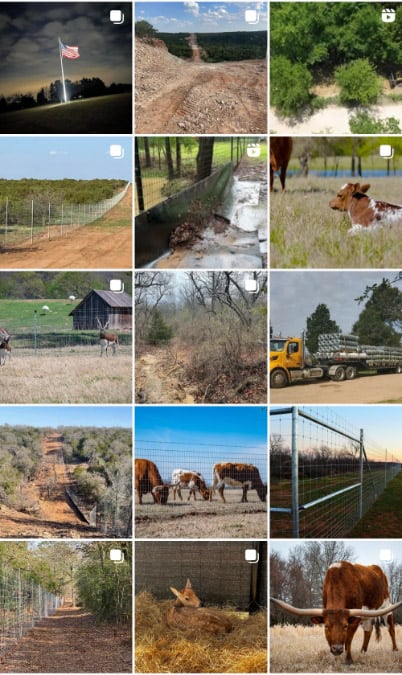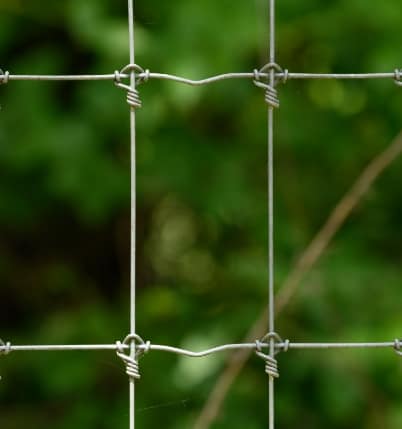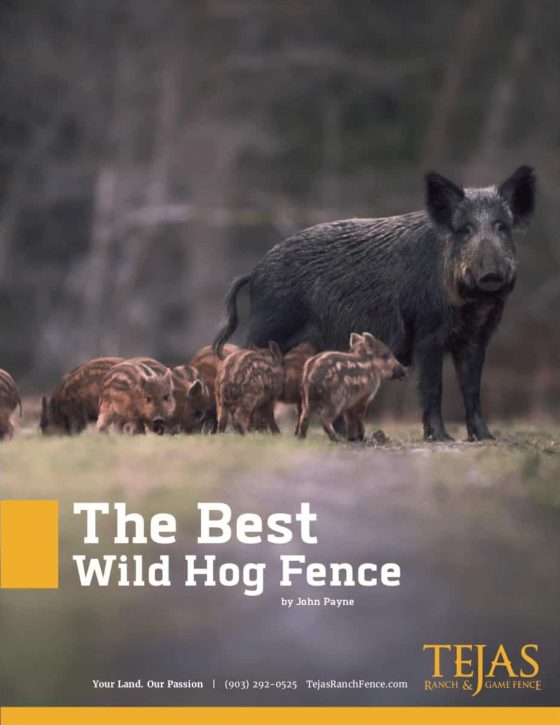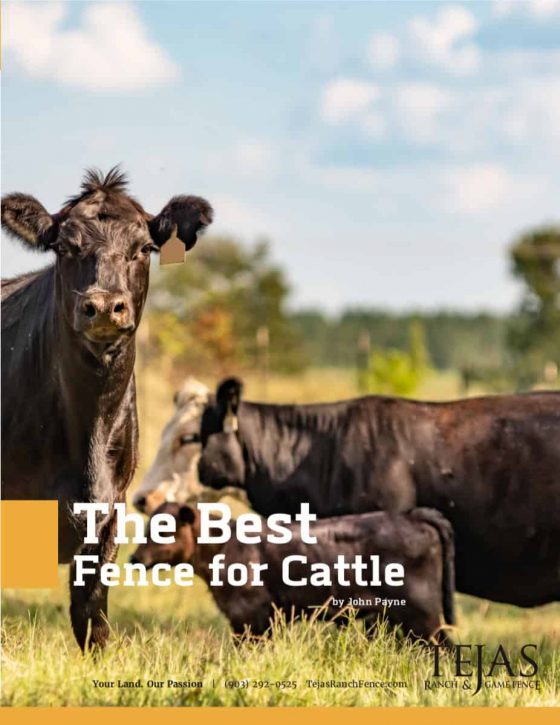The venerable barbed wire fence is one with which we are all familiar. The construction of barbed wire fences involves setting sturdy wooden or metal posts into the ground, typically every 10 to 12 feet. Between these posts, strands of barbed wire, usually made from steel, are stretched tightly. The wire consists of two twisted strands with sharp barbs placed at intervals. This design provides a simple, cost-effective, and efficient way to enclose large tracts of land, making it possible to control livestock more effectively than with traditional wooden post and rail fences.
One of the primary advantages of barbed wire fences is cost-effectiveness. Compared to other types of fencing, barbed wire is relatively inexpensive and easy to install, making it an attractive option for large-scale agricultural operations. The sharp barbs serve as a psychological and physical deterrent, effectively containing livestock and protecting crops from animal intrusion. Additionally, barbed wire fences are durable and require minimal maintenance. They can withstand harsh weather conditions and last for approximately 10 to 20 years with proper care.
While barbed wire fences have many advantages, one of the main drawbacks is the potential for injury to animals. Although barbed wire is effective in keeping livestock contained, it can cause cuts and wounds if animals attempt to push through or get entangled in the fence. It is also important to note that barbed wire fences are not suitable for all types of livestock. Animals with thick wool, like sheep, or those prone to panicking, like horses, can suffer more injuries from barbed wire compared to other fencing options. The barbs can also pose injury risks to humans, so this type of fence is not recommended for residential areas or properties with significant human traffic.
The design and materials of barbed wire fences continue to evolve, with improvements in wire quality and manufacturing techniques enhancing their durability and effectiveness. Today, barbed wire remains a staple in agricultural fencing, particularly for cattle. Its ability to provide a secure and cost-effective barrier has ensured its continued use in rural areas worldwide.
Cost
- Initial: Low; affordable materials
- Installation: DIY-friendly
Safety
- Cattle: Injury risk if pushed against
- Human: Injury risk during installation/repairs
Maintenance
- Inspection: Regular checks
- Repairs: Easy quick with basic tools
- Weather: Prone to rust; occasional replacement needed
Performance
- Containment: Reliable if maintained
- Durability: Durable with regular checks
- Versatility: Suitable for various terrains/climates
Value
- Cost: Low cost; high value
- Efficiency: Ideal for large pastures
Lifetime
- Longevity: 10-20 years with maintenance
- Replacement: Barbed wire will need occasional replacement






